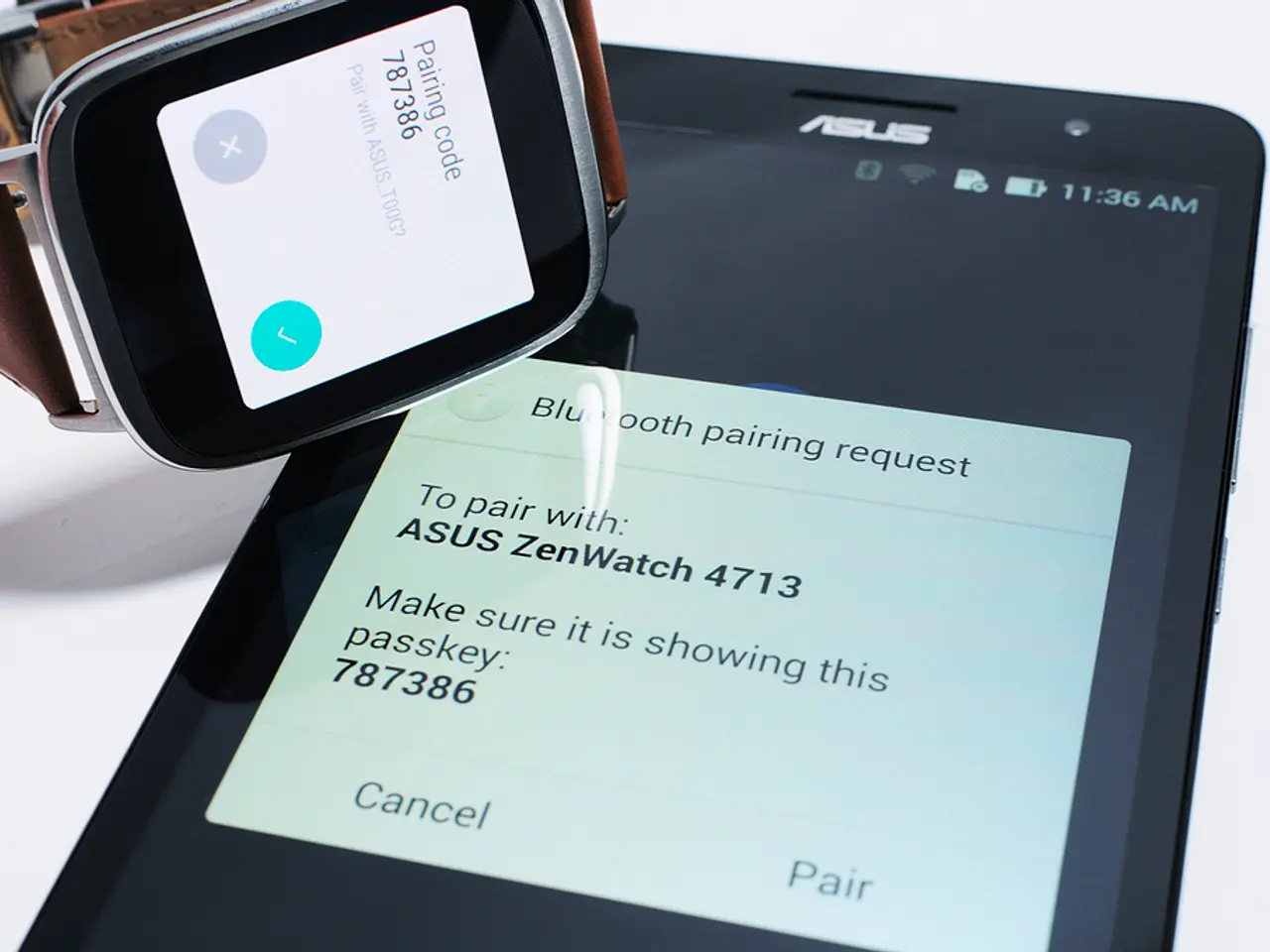Global smartphones, now totaling 2 billion, have been transformed into an earthquake alert network, proving to be as reliable as seismologists' traditional devices, seismometers.
In a groundbreaking development, Google's Android Earthquake Alerts (AEA) system has proven to be as effective as traditional seismometers in detecting and warning of earthquakes. This smartphone-based system, leveraging accelerometers in over 2 billion smartphones worldwide, has captured over 11,000 quakes between 2021 and 2024 and issued more than 1,200 alerts across 98 countries.
The AEA system works by detecting the initial "P-wave" seismic shock through phone sensors and quickly analyzing data from many devices to confirm an earthquake and estimate its location and magnitude. It sends two kinds of alerts: a "Be Aware Alert" for light to moderate shaking and a "Take Action Alert" for stronger shaking, which can override silent modes and give users a few seconds of warning to take safety measures.
While traditional seismometers are more sensitive and purpose-built, the Android network’s sheer scale and coverage provide comparable early warning capabilities, especially in regions lacking established seismic stations. This distributed sensor network enables life-saving warnings that are sometimes delivered up to a minute before shaking begins.
However, the system has limitations. For example, it underestimated the magnitude in the 2023 Turkey earthquake initially, leading to criticism over detection algorithm limits and delays in disclosing performance issues. Google has since adjusted algorithms to better estimate magnitudes and expand alert reach.
The AEA system aims to help supplement official warning systems instead of replacing them. The number of people with access to earthquake alerts has increased tenfold, from 250 million in 2019 to 2.5 billion today, due to AEA.
The research findings were published in the journal Science on July 17, concluding that globally distributed smartphones can be used to detect earthquakes and issue warnings at scale, with an effectiveness comparable to established national systems. The development of AEA could potentially change the way earthquake alerts are delivered and improve the safety of earthquake-prone communities.
| Aspect | Android Earthquake Alerts (AEA) | Standard Seismometers | |----------------------------|--------------------------------------------------|-----------------------------------------------| | Sensitivity | Slightly less sensitive accelerometers but sufficient for moderate+ quakes | Highly sensitive, purpose-built devices | | Coverage | Global, leveraging billions of phones | Limited coverage, often regional and costly | | Alert Speed | Usually provides several seconds warning before S-wave | Very fast detection of seismic waves | | Accessibility | Free, global reach, increases alert recipients tenfold | Expensive, limited to seismic stations | | Accuracy & Reliability | Good but algorithmically limited, improving over time | Very accurate, trusted by seismological experts | | User Response | 85% report alerts helpful; some alerts precede shaking | High, but depends on alert system integration |
Overall, Google's Android Earthquake Alerts system is a highly effective, complementary early warning tool, especially valuable in under-monitored regions, but it does not wholly replace traditional seismic networks due to occasional detection and magnitude estimation limitations.
Science and technology have converged in a groundbreaking development with Google's Android Earthquake Alerts (AEA) system demonstrating comparable effectiveness to traditional seismometers in detecting and warning of earthquakes. By leveraging technology in billions of smartphones worldwide, the AEA system has proven to be a valuable supplement to official warning systems, particularly in under-monitored regions.
In regional comparisons, while standard seismometers offer higher sensitivity and accuracy, the Android network's global coverage and speed in alert delivery provide life-saving benefits that traditional systems may not always match. The AEA system, despite its occasional limitations in detection and magnitude estimation, represents a transformative potential for the future of delivering early warnings and improving the safety of earthquake-prone communities.




